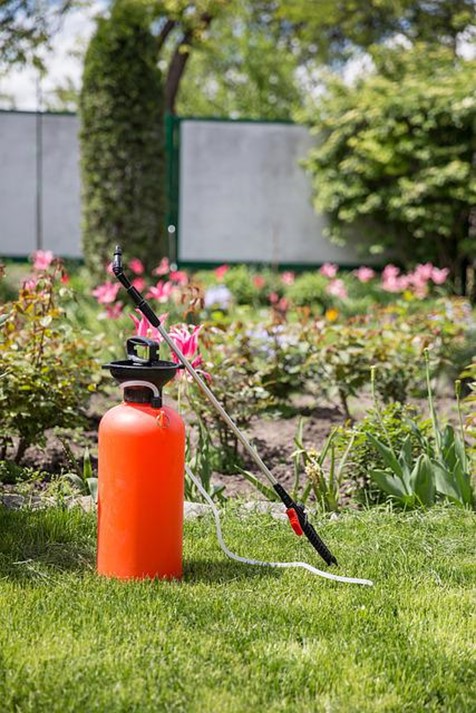What are Pesticides?
Pesticides are substances or mixture of substances used to kill, repel, control, or prevent pests, such as insects, rodents, fungi, weeds and microorganisms.
repel, control, or prevent pests, such as insects, rodents, fungi, weeds and microorganisms.
Types of Pesticides
- Disinfectants: Chemicals that are applied to objects to destroy germs (fungi, viruses, bacteria). Disinfectants used in hospitals may be used to thoroughly clean items such as medical instruments, floors, walls, bed linens, and toilet seats. Disinfectants used in the home may be used to sanitize general household items as well as swimming pools and drinking water.
- Defoliant: Any mixture of substances intended for causing leaves or foliage to drop from a plant, with or without causing detachment from plant.
- Desiccant: any substance or mixture of substances for artificially rushing the drying of plant.
- Plant regulator: Any substance or mixture of substances intended, through physiological action, for accelerating or retarding the rate of growth or rate of maturation, or for otherwise altering the behavior of plants or the produce thereof but shall not include substances of the extent that they are intended as plant nutrients, trace elements, nutritional chemicals, plant inoculants, and soil amendments.
- Sanitizers: Substances that reduce the number of germs from surfaces within a specified amount of time to levels considered safe as determined by public health codes or regulations. Sanitizers may be used on both food and non-food contact products.
- Sterilizers: Chemicals or processes (such as steam, heat, or pressure) that completely eliminate microorganisms (such as fungi, viruses, bacteria, spores) from a surface, equipment, or food.
Source:
1 Environmental Protection Agency (EPA)
2 Federal Insecticide, Fungicide, and Rodenticide Act (FIFRA)